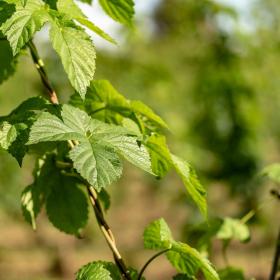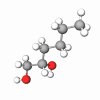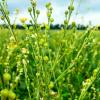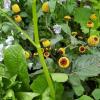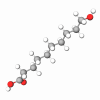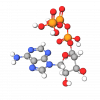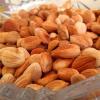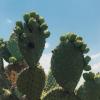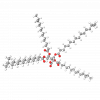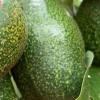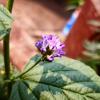Slippery elm (Ulmus fulva) is a member of the Elm family (Ulmaceae). The tree is also called gray elm, Indian elm, moose elm, red elm, soft elm, and sweet elm. It is a medium-sized, deciduous tree of moderately fast growth growing to 50-80 feet tall. The trunk is dark brown to reddish brown. The bark is rough and thick.
Native Americans were the first to discover that the mucilage (slippery substance) surrounding the fibers swells when it comes in contact with water, and produces a soothing ointment. The inner bark provided one of the most versatile medicines for both the Native Americans and the early settlers and was an official drug of the United States Pharmacopoeia from 1820 to 1936. Ulmus fulva bark provided one of the most versatile medicines for both Native Americans and the early settlers of this country. Research has established that slippery elm bark does, in fact, have the demulcent and emollient properties ascribed to it in folk medicine.
Native Americans used tea made from the fresh inner bark as a laxative. They used the poultice of the bark for toothaches, and to extract thorns and shot pellets. A poultice is a soft mass (as of bread, bran, or medicated clay) which is usually heated and spread on cloth for application to sores, inflamed areas, or other lesions, to supply moist warmth, relieve pain, or act as a counterirritant or antiseptic. During the American Revolution, surgeons treated gunshot wounds with bark poultices. It has been used externally to soften the skin and protect it from chapping, from hastening the healing of skin conditions, and to soothe burns and wounds. Indian tribes also used it in a poultice form for fevers and respiratory infections.
Slippery elm bark extract can be used in skincare products, as its demulcent and emollient properties both soothe and improve healing. Bath and hair care products also benefit from the inclusion of this extract.Ingredients
Uses in traditional medicine
The ethnobotanical uses of slippery elm include its use as an antitussive, demulcent, diuretic, emollient, laxative, and 2 preventatives. The mucilage acts as an effective cough suppressant and soothes the throat. The high mucilage content also helps to heal the mucous membrane of the gastrointestinal tract and is used to treat gastritis, gastric catarrh, mucous colitis, and enteritis. (Please refer to the Dictionary of Modern Herbalism by Mills for further information on these terms.)
Salves containing slippery elm extract have been used to treat skin ailments such as chafe, burns, and wounds. Brews are used internally for treating diarrhea, constipation, kidney problems, and many other ailments. (Native American Ethnobotany by Moerman provides more information on the uses of medicinal plants.) The inner bark is highly nutritious and is made into gruel, a thick mixture like oatmeal. The gruel forms a wholesome and sustaining food that infants, convalescents, and invalids easily digest.
Slippery elm contains compounds called oligomeric procyanidins that exhibit antiseptic and anti-allergic properties. They find applications in the treatment of asthma and bronchitis. During pregnancy, Native Americans used a tea containing slippery elm powder for easy labor. In powder form, slippery elm is used in suppositories with a little powdered white oak bark to treat mild hemorrhoids.
In her book, A Modern Herbal, Mrs. M. Grieve presents a comprehensive account of the different applications of slippery elm. There are many complementary agents that enhance the effectiveness of slippery elm as a medicine. Slippery elm could be combined with parts of one or more of the following plants: aloe vera, marshmallow, mullein, saw palmetto, and thyme to treat other ailments.